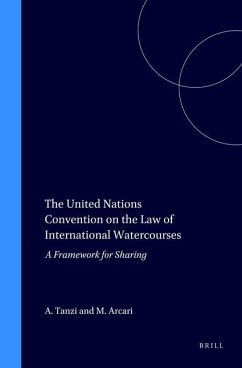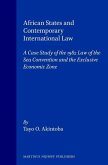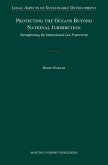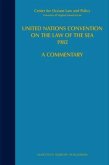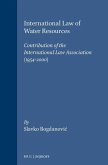Problems relating to the non-navigational uses of international watercourses have the capacity to be among the most serious causes of international conflicts in the new century. The Convention adopted by the UN General Assembly on 21 May 1997 is the first comprehensive attempt to provide at the universal level a coherent set of rules for the avoidance, management and settlement of such conflicts. This book gives a brief history of the codification process leading to the adoption of the Convention and considers the conflicting approaches to the subject that have been taken over the years. It examines the Convention as future treaty law and considers its impact on customary law putting it in the context of existing relevant international instruments. It analyses the substantive principles of equitable utilisation and of no-harm, on the one hand, and the procedural obligations, on the other, and emphasises their mutual complementarity. The specific rules on the environmental protection of watercourses are given separate consideration underlining the indivisibility of water quality and water quantity issues, while the dispute settlement provisions set out in the Convention are studied with special emphasis on negotiated settlement as their ultimate aim. This book will be a compulsory tool for law makers, negotiators of future watercourse agreements and water law practitioners, as well as a required reading for students of the international law of shared natural resources.

